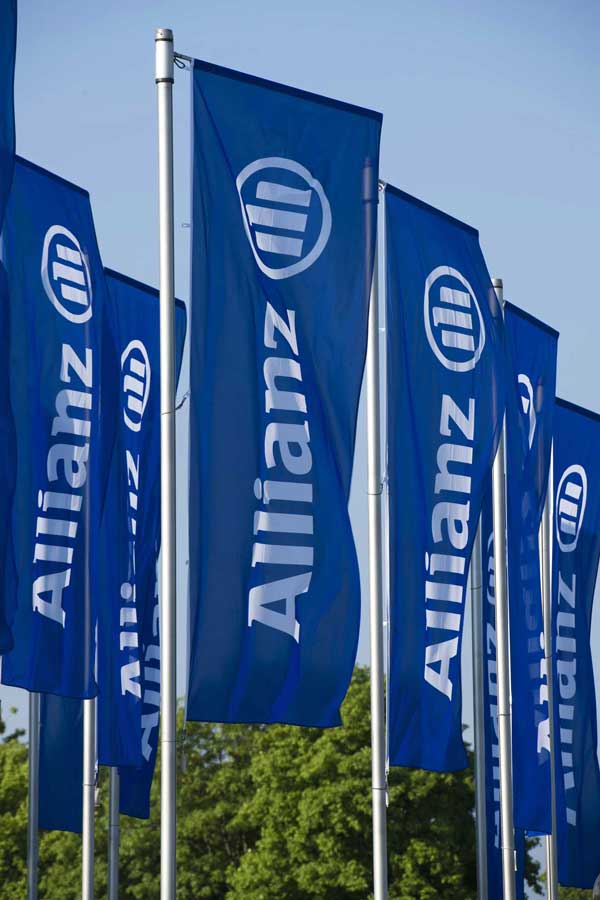Training Your Team on Water Conservation Best Practices
Table of Contents

The Importance of Employee Training in Water Conservation
Key Elements of an Effective Water Conservation Training Program
1. Practical Water-Saving Tips
Employees should learn simple yet impactful ways to reduce water waste in their daily activities. These can include:
- Turning off taps when not in use.
- Reporting leaks or faulty fixtures immediately.
- Using water-efficient appliances correctly.
- Avoiding unnecessary water usage in cleaning or maintenance tasks.
2. Understanding the Business Impact of Water Use
Employees are more likely to engage with water conservation efforts if they understand the bigger picture. Providing insights into how excessive water use affects business costs and environmental sustainability can motivate them to take action. Key points to highlight:
- The financial burden of wasted water.
- The company's sustainability goals and water reduction targets.
- Environmental consequences of excessive water consumption.
Incorporating Interactive and Hands-On Learning
1. Workshops and Demonstrations
Conduct live demonstrations of water-efficient practices, such as:
- Properly using water-saving devices like smart faucets or low-flow fixtures.
- Identifying and reporting water leaks.
- Efficiently using water for cleaning and maintenance tasks.
2. Water-Saving Challenges
Creating friendly competitions can encourage employees to actively participate in conservation efforts. Examples include:
- Setting department-wide water reduction goals and rewarding the most efficient team.
- Hosting a “Find the Leak” challenge where employees inspect company facilities for water inefficiencies.
- Encouraging staff to submit creative water-saving ideas.
3. Onboarding Sustainability Training
Using Technology to Support Training Efforts
1. Online Courses and Webinars
Utilise free or company-sponsored water conservation courses from organisations such as:
- The Water Footprint Network (offers insights into corporate water use).
- The EPA's WaterSense Program (provides training resources on water efficiency).
2. Gamified Learning Tools
Consider using gamification techniques to make training more engaging. Apps and software can:
- Track employee water-saving efforts.
- Provide quizzes and rewards for correct answers.
- Simulate real-life scenarios where employees make water-saving decisions.
3. Smart Water Monitoring Displays
Measuring the Impact of Your Training Program
1. Employee Feedback Surveys
2. Water Usage Data Analysis
3. Recognition and Incentives
Acknowledge employees who actively contribute to water conservation efforts through:
- Recognition in company meetings or newsletters.
- Monthly “Water-Saving Champion” awards.
- Incentives such as additional break time, gift cards, or donations to sustainability initiatives.
Empowering Your Team for Water Conservation Success
Building a water-conscious workforce is one of the most effective ways businesses can reduce water waste and lower costs. By providing training, engaging employees through interactive methods, and leveraging technology, companies can create a long-lasting culture of sustainability.
When employees understand the importance of water conservation and are empowered to take action, they become valuable contributors to a business’s sustainability goals. Start implementing these strategies today to make a meaningful impact on water efficiency in your workplace.
Head over to our Water Hub for more information on Effective Water Conservation Strategies for SMEs. Download our SME Water Checklist below to access practical steps for reducing water waste and optimising usage.
SME checklists:
Water Hub













